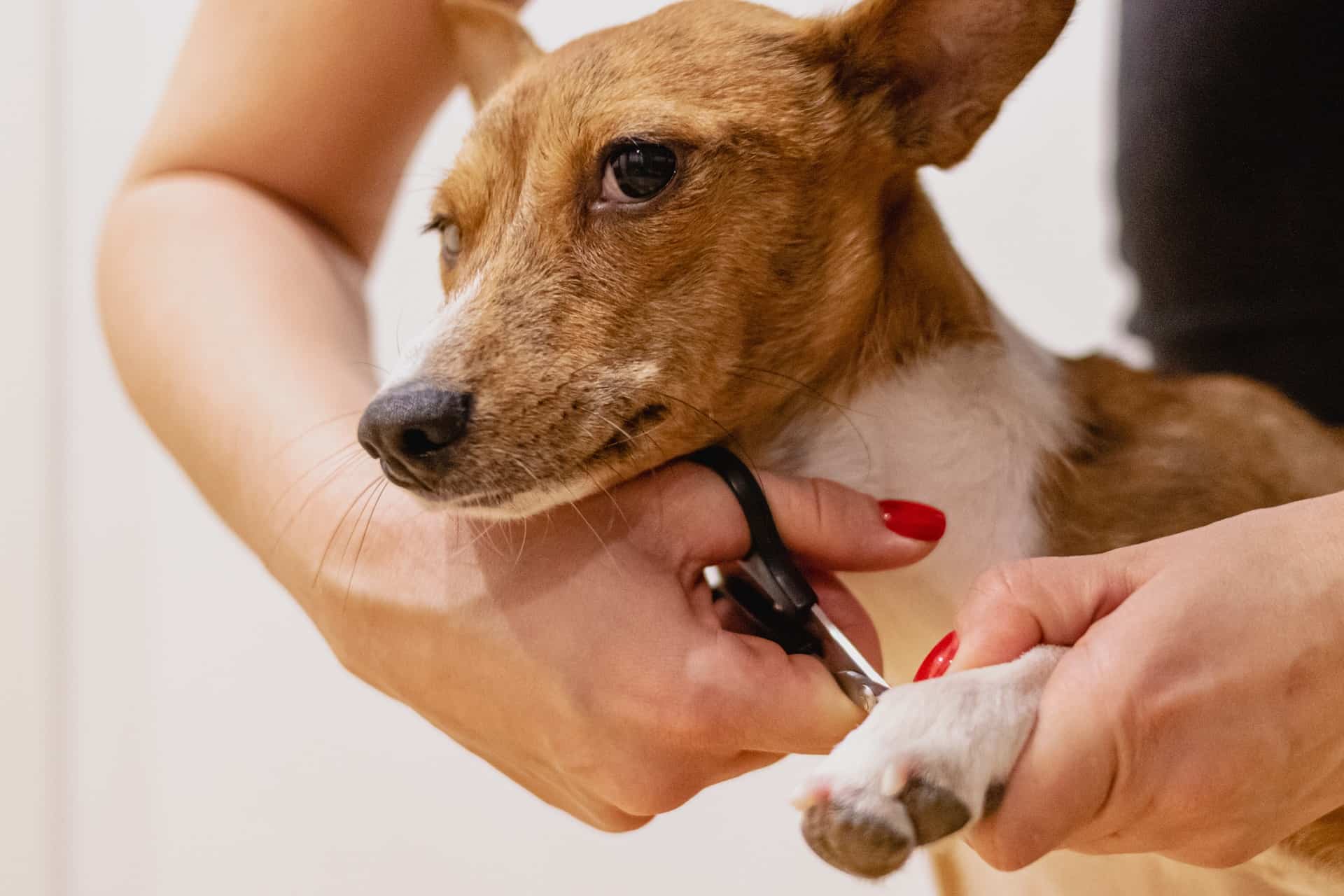The Importance of Trimming Your Pet’s Nails
Posted by Lora Shaw on April 17, 2023

The health of a beloved animal is a primary concern for all pet owners out there. With this in mind, consistently trimming your dog’s or cat’s nails on a 2–3-week schedule can keep them away from short-term pain and sometimes even long-term irreversible damage. When your pup’s long nails break or crack it causes walking issues and can lead to cuts or sores on the dog’s paws, causing a shift in their overall posture. Cats, meanwhile, need regular trimmings to help mitigate destructive behavior.
Below, we will go over some of the basics for keeping your pet’s nails trimmed and in check over time.
Trimming Your Pet’s Nails: The Basics
Trimming your dog’s nails consistently not only helps prevent potential pain, but it can also assist them with better posture, balance, and comfort. For cats, regular scratching is a part of their natural routine, but trims can help prevent them from destroying furniture and other objects in the home.
It’s important to note that there are two parts of an animal’s nail: the living part of the nail that is known as the pink quick, and the hard outer layer known as the shell. The quick delivers blood to the nail, and the nerve endings at the core can potentially cause pain and bleeding when a cut occurs. When your pet is on a regular trimming schedule, the quick of the nail recedes from the end, creating less risk of pain and bleeding.
Follow these critical steps when you perform nail trimming at home:
- Make sure you grasp the paw gently but firmly, then place your thumb on the pad of the toe and your index finger on the top of your pet’s toe on the skin atop the nail. Be sure that no fur is in your way before moving forward.
- Next, you are going to want to extend the nail by pushing your thumb down lightly on the pad while pushing your index finger forward.
- Now, as you clip, be sure to do so only on the very tip of the nail horizontally. Also, ensure that you trim the dewclaws found on the inner side of the paw.
- Lastly, to avoid hitting the sensitive quick of your pet’s nail where the blood vessels rest, do not trim past the curve of the tip of the nail.
Additional Blog Posts on Pet Grooming

Categories: Cats, Do It Yourself, Dogs, Pet Grooming, Tips for Your Pets
Archives
Recent Articles
Categories
Monthly Archive
- April 2025
- March 2025
- February 2025
- January 2025
- December 2024
- November 2024
- October 2024
- September 2024
- August 2024
- July 2024
- June 2024
- May 2024
- April 2024
- March 2024
- February 2024
- January 2024
- December 2023
- November 2023
- October 2023
- August 2023
- July 2023
- June 2023
- May 2023
- April 2023
- March 2023
- February 2023
- January 2023
- December 2022
- November 2022
- October 2022
- August 2022
- July 2022
- June 2022
- April 2022
- March 2022
- February 2022
- November 2021
- October 2021
- November 2020
- September 2020
- July 2020
- March 2020
- January 2020
- November 2019
- September 2019
- July 2019
- March 2019
- January 2019
- December 2018
- November 2018
- October 2018
- August 2018
- July 2018
- June 2018
- May 2018
- April 2018
- March 2018
- February 2018
- January 2018
- December 2017
- November 2017
- October 2017
- September 2017
- August 2017
- July 2017
- June 2017
- May 2017
- April 2017
- March 2017
- February 2017
- January 2017
- December 2016
- November 2016
- September 2016
- August 2016
- July 2016
- June 2016
- May 2016
- April 2016
- March 2016
- February 2016
- December 2015
- November 2015
- October 2015
- September 2015
- August 2015
- July 2015
- May 2015
- March 2015
- February 2015
- January 2015
- December 2014
- November 2014
- September 2014
- August 2014
- July 2014
- June 2014
- May 2014
- March 2014
- February 2014
- January 2014
- December 2013
- November 2013
- October 2013
- September 2013
- August 2013
- June 2013
- May 2013
- March 2013
